Top 5 Budget-Friendly Electric Vehicles 2025 for First-Time Buyers You Can Trust

Electric vehicles are becoming more common on the roads, and 2025 brings a wider selection than ever before—especially for first-time buyers watching their budgets. Thanks to advances in battery tech and more competition, budget-friendly electric vehicles 2025 now offer solid range and features without breaking the bank. Whether you’re looking for something compact or a bit roomier, affordable EVs in 2025 give you reliable options that fit real budgets and daily needs. This post will walk you through the best picks that combine price, performance, and practicality so you can get started with confidence.
What to Consider When Buying Your First Budget-Friendly EV
Choosing your first budget-friendly electric vehicle (EV) in 2025 means balancing several important factors to get the best fit for your lifestyle and wallet. You want an EV that meets your daily driving needs, offers ease when charging, fits your budget including any incentives, and feels comfortable in size and style. Here’s what to focus on as you shop among the growing list of budget-friendly electric vehicles 2025 offers.
Range and Battery Capacity
Range is one of the biggest concerns for newcomers to EVs—and rightly so. It’s not just about driving from point A to B but having peace of mind on longer trips without hunting for chargers along the way. In 2025, many budget-friendly EVs offer ranges between 150 and 300 miles per charge, which covers most daily commutes and weekend drives.
Think of range like a fuel tank in a gas car. The bigger the tank, the fewer stops you make. Battery capacity directly impacts this range—larger batteries store more power but often come at a higher price. For typical city driving or short commutes, a 150-200 mile range can be enough. But if you plan to travel longer distances frequently, aim for models offering 250+ miles to avoid constant charging stops.
Battery quality also matters for long-term use. Most new EVs come with warranties covering 8 years or about 100,000 miles. It’s a good idea to check how well the battery holds its charge over time since a fading battery cuts your range and resale value.
Charging Options and Speed
Charging your EV should fit how and where you drive, so look closely at charging features. For most budget-friendly EV owners, home charging will become the primary way to get power overnight. Installing a Level 2 charger at home can fully charge your EV in around 6 to 8 hours, ideal for daily needs.
Public charging networks add flexibility, especially on longer trips. Modern budget EVs increasingly support fast charging, often up to 100 kW or more. This tech can restore 80% of your battery in about 30 minutes in many cases. The best deals in 2025 let you tap into growing networks like Electrify America, EVgo, and now Tesla Superchargers (some open to other brands).
Understanding your access to these charging stations helps. If your area has plenty of fast chargers nearby, you can choose a vehicle with slightly less home range. If not, prioritize EVs with longer range or better home charging features.
Price and Incentives
Budget-friendly electric vehicles in 2025 usually start below $40,000, but sticker price is just part of the picture. You also want to factor in federal tax credits—up to $7,500—and possible state or local rebates. Some incentives depend on battery size or where the car is made, so check current program details carefully.
Beyond purchase price, EVs save money on gas, routine maintenance (no oil changes!), and often have lower registration fees. You can expect annual savings of about $600 to $1,000 compared to gasoline cars.
When budgeting, also consider:
- Potential installation cost for a home charger (about $500 to $1,500)
- Possible insurance differences (EVs sometimes cost more to insure)
- Depreciation, which varies but can be steep for some EV models
These costs add up but usually get offset by incentives and fuel savings within a few years.
Vehicle Size and Practicality
Choosing the right size and style EV affects your everyday comfort and convenience. Budget-friendly models come in various shapes, including hatchbacks, sedans, and crossovers. Each has pros and cons depending on your lifestyle:
- Hatchbacks tend to be compact and easy to park while offering flexible cargo space
- Sedans provide a smooth ride and usually have better aerodynamic efficiency for improved range
- Crossovers or small SUVs offer more seating and cargo room, great if you frequently carry passengers or bulky items
Think about your usual driving patterns. If you mostly drive solo in the city, a smaller hatchback or sedan could suit you well. If you need space for a family, pets, or gear, a crossover might be more practical.
Also, pay attention to interior comfort, technology features, and driver assistance systems as these impact your daily driving enjoyment.
By focusing on range, charging, price, and vehicle size, you’ll find a budget-friendly electric vehicle in 2025 that feels right for your needs and lifestyle. This approach helps you avoid surprises and enjoy the benefits of going electric from day one.
Review of the Top Budget-Friendly EVs in 2025 for First-Time Buyers
When shopping for budget-friendly electric vehicles in 2025, you want options that blend affordability with solid features, comfortable range, and easy charging. The choices have grown more diverse, making it easier to find an EV that suits your first-time buyer needs without overspending. Here’s a detailed look at five standout EVs that check those boxes, from compact city cars to roomy crossovers.
2025 Nissan Leaf
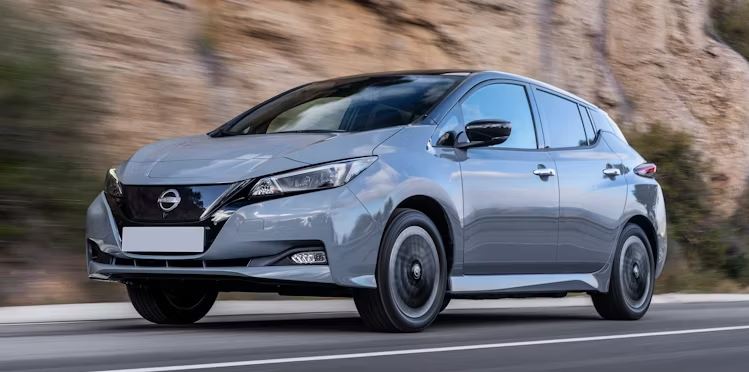
Starting just under $29,000, the 2025 Nissan Leaf remains one of the most accessible EVs on the market. It offers a respectable range of up to 214 miles, making it suitable for daily commuting and short trips without frequent charging worries. The Leaf supports a roughly 50 kW fast charging rate, which means charging can be a bit slower compared to some newer competitors, but still manageable.
For first-time buyers, the Leaf’s reputation as a reliable and practical EV gives confidence. Its cabin is roomy with a straightforward infotainment system and essential driver aids like Nissan’s ProPILOT Assist, which helps ease city driving and highway cruising.
Pros:
- Affordable base price for new EV buyers
- Comfortable ride and simple controls
- Good reputation and network of service centers
Cons:
- Charging speed is on the slower side
- Range may feel limited for longer trips
- Charger compatibility isn’t as universal as newer models
If you mainly drive in urban areas or have modest range needs, the Nissan Leaf offers dependable value without overcomplicating things.
2025 Hyundai Kona Electric
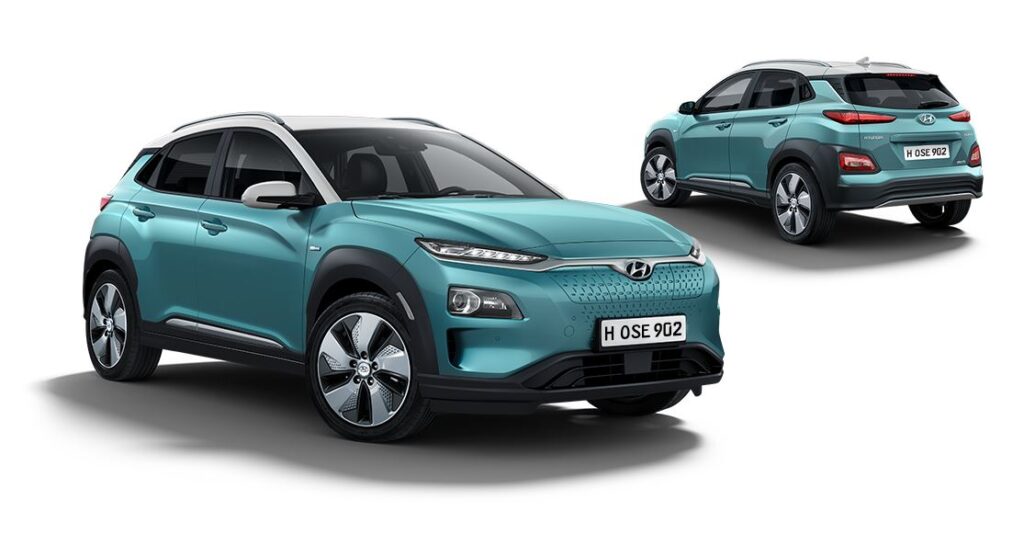
The Hyundai Kona Electric starts at around $34,000 and brings a bit more flair and range to the budget EV class. Depending on the version, it offers between 197 to 260 miles of range, with the Long Range trim pushing towards the higher end. Charging speed tops out around 70 kW, meaning you can replenish the battery from 10% to 80% in approximately 43 minutes on a fast charger.
This compact SUV stands out with its balanced ride, user-friendly tech, and solid safety features. Kona’s dual motor options and electric power give it a peppy feel without compromising efficiency, making it a versatile choice for various driving styles.
Why it’s a good buy:
- Strong range options for a budget EV
- Comfortable, well-equipped interior
- Competitive pricing for features and performance
Charging pace and range coverage here make Kona Electric a solid pick if you want something affordable but a bit more capable for longer trips.
2025 Chevrolet Equinox EV
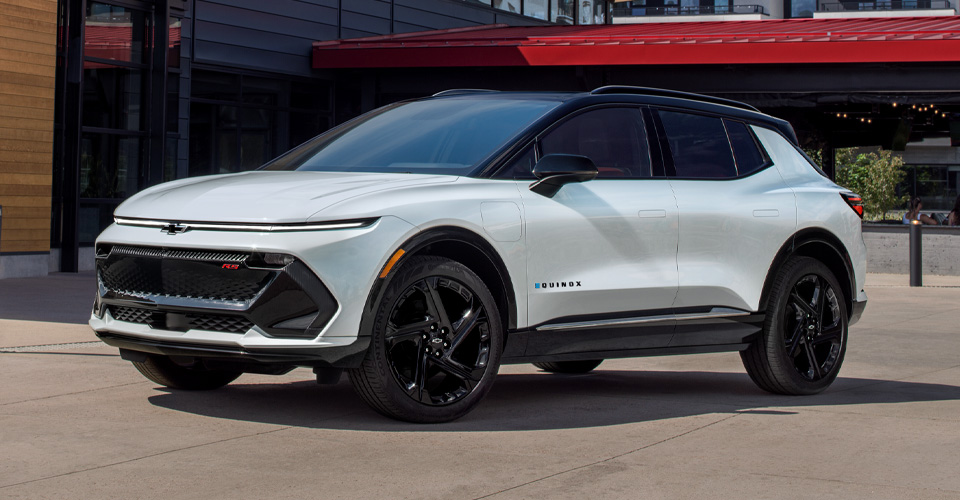
Chevrolet’s 2025 Equinox EV marks a big step forward in budget electric SUVs. Starting near $34,000, it offers an impressive EPA-estimated range of over 300 miles on the base front-wheel-drive model, one of the best in this price segment. Its 85 kWh battery pack and a spacious interior make it appealing for buyers who want size and range without exceeding their budget.
The Equinox EV comes loaded with modern tech, including a 17.7-inch Google-built infotainment screen, adaptive cruise control, and multiple driver assistance systems. While its fast charging speed is moderate compared to rivals with higher voltage systems, it still manages practical charging times for day-to-day use.
What stands out:
- Exceptional range for the price
- Roomy cabin and cargo space
- Advanced infotainment and safety features standard
If you need more room and longer range without pushing your budget, the Equinox EV offers an attractive package for first-time buyers.
2025 Kia Niro EV
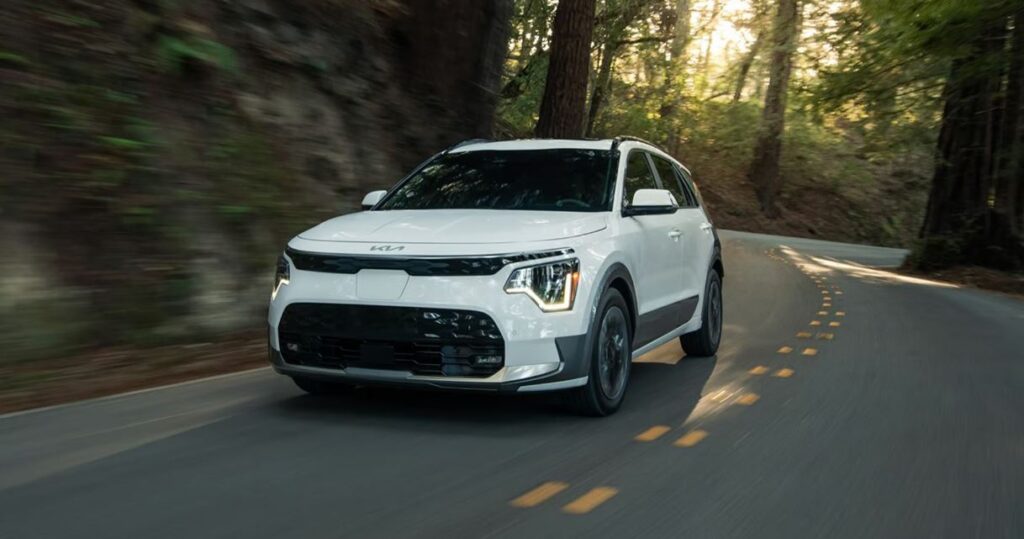
Priced around $40,000, the Kia Niro EV edges slightly above the other budget options, but it brings a lot in return. Offering around 253 miles of range, it’s ideal for drivers wanting consistent daily performance and occasional longer trips. Charging speeds are a bit slower compared to some competitors, clocking in at about 43 minutes to go from 10% to 80% using DC fast charging.
The Niro EV shines inside with roomy seating, over 20 inches of combined display screens, wireless charging, and a suite of driver safety tech. This makes it comfortable and intuitive—great for first-time EV owners focused on ease of use and ride comfort.
Key features:
- Solid mid-range battery and respectable range
- Cozy, tech-filled cabin perfect for newcomers
- Long warranty and strong safety suite
Though pricier, the Niro EV’s interior amenities and balance between range and comfort make it worth a look if you want more refinement in your entry-level EV.
2025 Volkswagen ID.4
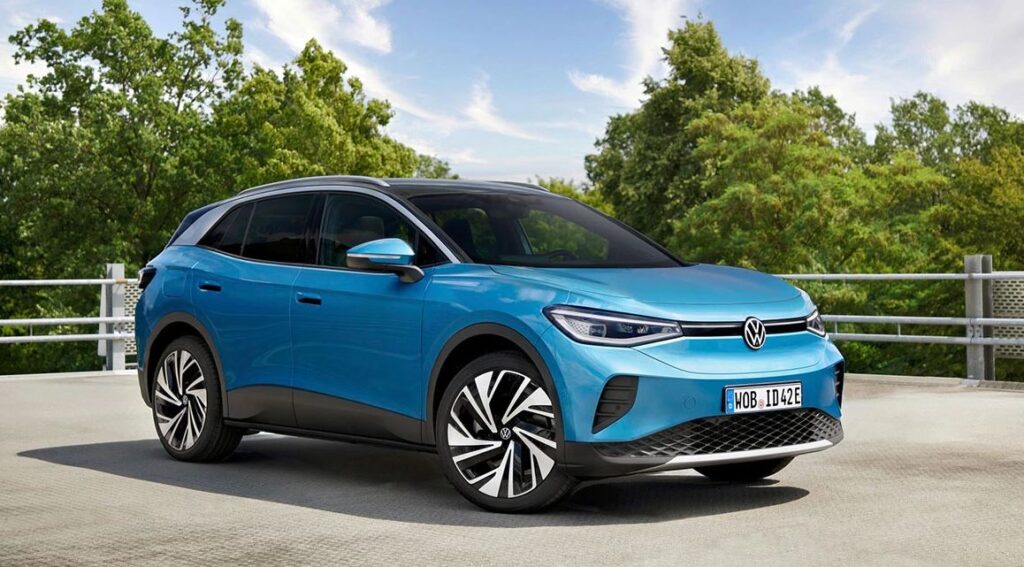
The Volkswagen ID.4 hits the market at roughly $41,700, offering a competitive blend of range and features for its price. Depending on the model, driving ranges fall between 209 and 291 miles, with the Pro S trim pushing near the upper limit. Charging capability has improved from previous years, though it generally sticks to mid-level fast charging speeds.
Volkswagen has refined the ID.4’s infotainment, delivering a smoother, modern user experience with large screens and smart connectivity options. Performance and handling are solid, making it comfortable for daily drives and family outings.
What you get for the price:
- Good range flexibility across trims
- Upgraded infotainment and cabin tech
- Balanced ride and handling for an electric SUV
The ID.4 offers a compelling option if you seek a bit more polish and tech sophistication in a budget-friendly electric vehicle in 2025.
Each of these budget-friendly electric vehicles in 2025 brings something unique for first-time buyers. Whether your priority is the lowest price, longest range, charging convenience, or interior comfort, this selection covers different needs without overshooting budgets. As you explore, focus on what matters most for your daily driving and charging habits.
Read Also: Home EV Charger Installation Guide 2025: Simple Steps, Costs, and Tips for Beginners
Comparing Your Options: Which Budget-Friendly EV Fits Your Needs?
Picking the right budget-friendly electric vehicle in 2025 means matching what you really need in daily life and on the road. It’s not just about the lowest price, but how these EVs handle your commutes, charging routine, and driving comfort. Here’s a break down of key factors to consider among the top models, helping you see which one fits your lifestyle best.
Best Range for Long Commutes and Road Trips
Range matters because it defines how far you can go before needing a recharge. Among the budget-friendly electric vehicles in 2025:
- Chevrolet Equinox EV leads with an EPA-estimated range of up to 319 miles, great if you often hit the highway or take road trips.
- Hyundai Kona Electric offers around 258 miles on the long-range version—enough for most daily drives plus weekend escapes.
- Kia Niro EV provides about 253 miles, balancing range with comfort and tech.
- Volkswagen ID.4 covers between 209 and 291 miles depending on trim levels, giving some flexibility.
- Nissan Leaf trails with roughly 214 miles, which suits mainly city driving or shorter trips.
If you’re worried about running out of battery on longer drives, the Equinox EV and Hyundai Kona Electric give you the most peace of mind. For mostly local travel, other models deliver solid range without the premium price tag.
Most Affordable Entry Point
Price is often the first thing you check when shopping for a budget-friendly electric vehicle in 2025. Here’s how the five stack up when you factor in starting price and available incentives:
- Nissan Leaf remains the cheapest, starting just under $29,000, making it an easy entry for many.
- Chevrolet Equinox EV and Hyundai Kona Electric hover around the mid-$30,000s, offering strong value with better range and features.
- Kia Niro EV starts closer to $40,000, at the upper edge of budget-friendly but still affordable with incentives.
- Volkswagen ID.4 ranges from about $41,700, slightly pricier but with added tech and space.
Don’t forget to consider federal tax credits (up to $7,500) and local rebates, which can bring these prices down significantly. Sometimes paying a bit more upfront nets longer range or better features that save you money and hassle later.
Charging Infrastructure and Convenience
How and where you charge your EV affects your everyday life. Here’s what you can expect from these models:
- Charging Speeds:
- Equinox EV supports fast charging around 85 kW, enabling a quick top-up on public chargers.
- Hyundai Kona Electric offers about 70 kW, charging from 10% to 80% in around 43 minutes.
- Nissan Leaf’s charging caps near 50 kW, which feels slower but works well if you mostly charge at home.
- Kia Niro EV and Volkswagen ID.4 provide mid-range fast charging speeds suitable for most users.
- Home Charging:
All these EVs support Level 2 home charging, which generally takes 6 to 8 hours for a full charge—perfect for overnight topping up. - Charging Network Compatibility:
Most support CCS fast chargers common across the U.S., except Nissan Leaf, which uses CHAdeMO in addition to CCS. Availability of public fast chargers varies by region, so check local networks like Electrify America or EVgo.
The best fit depends on your charging habits. If you regularly make long trips, faster charging and better public station access matter more. For city dwellers who can charge at home, slower public charging speeds might not be a big deal.
Driving Experience and Features
Driving comfort and tech features affect how much you enjoy your EV every day, especially if you’re new to electric cars. Here’s a quick overview of what’s standard or notable in each model:
- Chevrolet Equinox EV: Spacious and smooth with a large 17.7-inch touchscreen, adaptive cruise control, and plenty of driver aids. It feels modern and confident on the road.
- Hyundai Kona Electric: Offers a balanced ride with a well-equipped interior, smart safety features like lane assist, and peppy electric power that’s fun without draining the battery too fast.
- Kia Niro EV: Known for its cozy cabin loaded with tech, including wireless charging and over 20 inches of combined display screens, plus a strong safety suite that builds confidence.
- Volkswagen ID.4: Provides a refined ride with upgraded infotainment, good handling, and plenty of cabin space—ideal if you want comfort and polish.
- Nissan Leaf: Focuses on simplicity and ease with a roomy interior, user-friendly controls, and driver assists like ProPILOT to help new EV drivers adapt smoothly.
For first-time buyers, these features make a big difference. Some may prefer simple and reliable, while others want more tech and driver aids to feel comfortable on the road.
By weighing range, price, charging convenience, and driving features side by side, you get a clearer picture of which budget-friendly electric vehicle in 2025 fits how you live and drive. This helps you pick an EV that won’t just save money—one that makes the shift to electric feel natural and rewarding every day.
Tips for First-Time EV Buyers to Maximize Value and Satisfaction
Buying your first electric vehicle in 2025 is an exciting step. To get the most out of your budget-friendly electric vehicle 2025 purchase, focus on smart planning and making use of all available resources. This section breaks down practical advice to help you lower upfront costs, set up hassle-free charging, plan your drives wisely, and enjoy long-term savings on maintenance.
Leveraging Federal and State Incentives
You can significantly reduce the cost of your EV by taking full advantage of incentives. The federal government offers a tax credit up to $7,500 for many new electric vehicles, which directly lowers the amount you owe at tax time. Beyond that, many states and local utilities provide:
- Cash rebates when you buy or lease an EV
- Reduced registration fees or exemptions from road tolls
- Discounts or rebates on home charger installation
Before shopping, check current programs available in your state through official energy or transportation websites. Some incentives depend on vehicle price, battery size, or income eligibility, so verify terms carefully. Also, manufacturers may offer dealer discounts or special financing tied to incentives that get overlooked during negotiations.
If you’re considering leasing, note that some leasing companies can pass the full federal credit on to you as a lower monthly payment. These deals can make leasing a very cost-effective way to try out an EV with less cash upfront.
Choosing the Right Charging Setup at Home
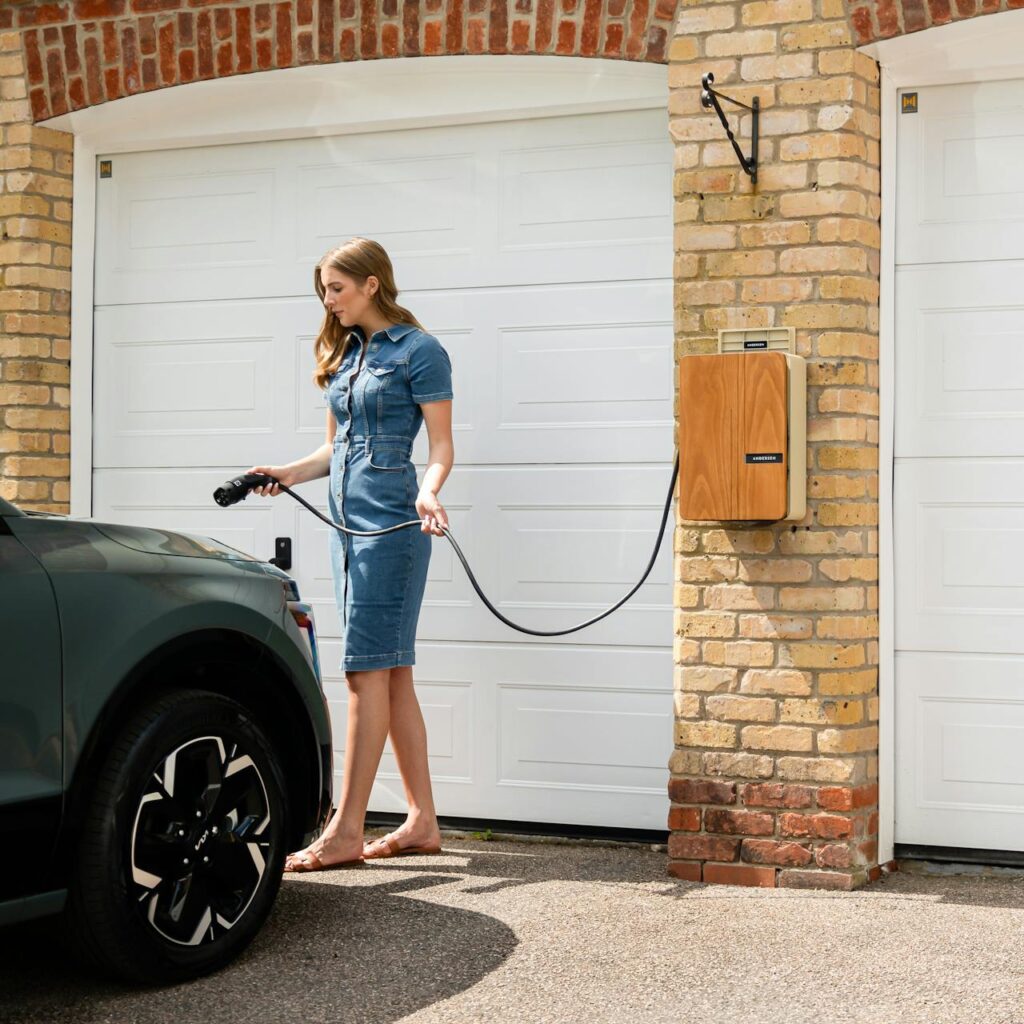
Most EV owners do the majority of charging at home. To get the best experience:
- Use a Level 2 charger for faster overnight charging (typically 6-8 hours for a full charge). These units run on 240 volts and can be installed in your garage or driveway by an electrician.
- Consider your electrical panel capacity to avoid costly upgrades or breakers tripping. If you rent or live in an apartment, see if there’s shared charging or nearby public chargers.
- Pick a charger with Wi-Fi connectivity so you can monitor charging sessions and control schedules via an app, which helps reduce electricity costs by charging during off-peak hours.
While you can charge on a standard 120-volt outlet (Level 1), it’s very slow—only about 3-5 miles of range per hour. Level 2 charging balances convenience and speed well for daily use.
Planning for Long Trips and Daily Use
Managing your EV’s range and charging during your day-to-day drives and longer trips is easier than it seems:
- For everyday commuting, plan on charging overnight. Most budget-friendly EVs offer at least 150 miles of range, enough for multiple days of typical drives.
- For longer trips, use apps like PlugShare or your vehicle’s built-in navigation to find public chargers along the route. Schedule short breaks at fast chargers that can refill your battery to 80% in about 30-45 minutes.
- Avoid letting your battery drain completely or stay at 100% charge for extended periods, which helps maintain battery health in the long run. Charging between 20% and 80% regularly is ideal.
- Adjust your driving habits by avoiding aggressive acceleration and using regenerative braking to stretch your range farther.
Thinking of your EV’s range like a phone battery that can be topped off frequently helps ease concerns. Instead of “filling up to full,” you’ll move to “topping up” as needed.
Maintenance and Ownership Costs Compared to Gas Vehicles
One big advantage of budget-friendly electric vehicles 2025 models is how much you save on maintenance and running costs:
- EVs have far fewer moving parts. There’s no engine oil to change, no spark plugs, fewer filters, and minimal brake wear thanks to regenerative braking.
- Electricity costs to power an EV often work out to about 60% less per mile than gasoline, depending on local rates.
- Many public utilities offer special EV-friendly electricity plans with lower rates during off-peak times.
- Routine checks mostly involve tire rotations, brake fluid, and cabin air filter replacements, which tend to be cheaper than traditional engine maintenance.
- Battery warranties commonly cover 8 years or around 100,000 miles, giving peace of mind over unexpected battery replacement costs.
All this adds up to lower ownership costs and fewer visits to the mechanic compared to gas cars. You’ll enjoy more predictable budgeting and fewer surprises.
Using these tips can stretch your budget when buying a budget-friendly electric vehicle in 2025 and make daily EV ownership smooth and satisfying from the start.
Conclusion
You’ve seen that budget-friendly electric vehicles in 2025 offer more choices than ever, blending affordability, range, and features suited for first-time buyers. Whether you prioritize the lowest price, the longest daily range, or tech comforts, there’s an EV to match your needs and lifestyle.
Switching to an electric vehicle doesn’t just save you money on fuel and maintenance. It also contributes to cleaner air and quieter streets. With tax credits and rebates, owning an EV is more accessible now than before.
Take time to weigh what matters most for your driving habits and charging setup. This way, you’ll end up with a vehicle that feels right from day one and keeps delivering value over time.
Thanks for exploring the best budget-friendly electric vehicles for first-time buyers with me. Your journey to cleaner, smarter driving starts here. Feel free to share which model caught your eye or what you want to know next!
Read Also: How to Choose the Best Electric Car for Your Lifestyle in 2025 | Updated Buyer’s Guide

